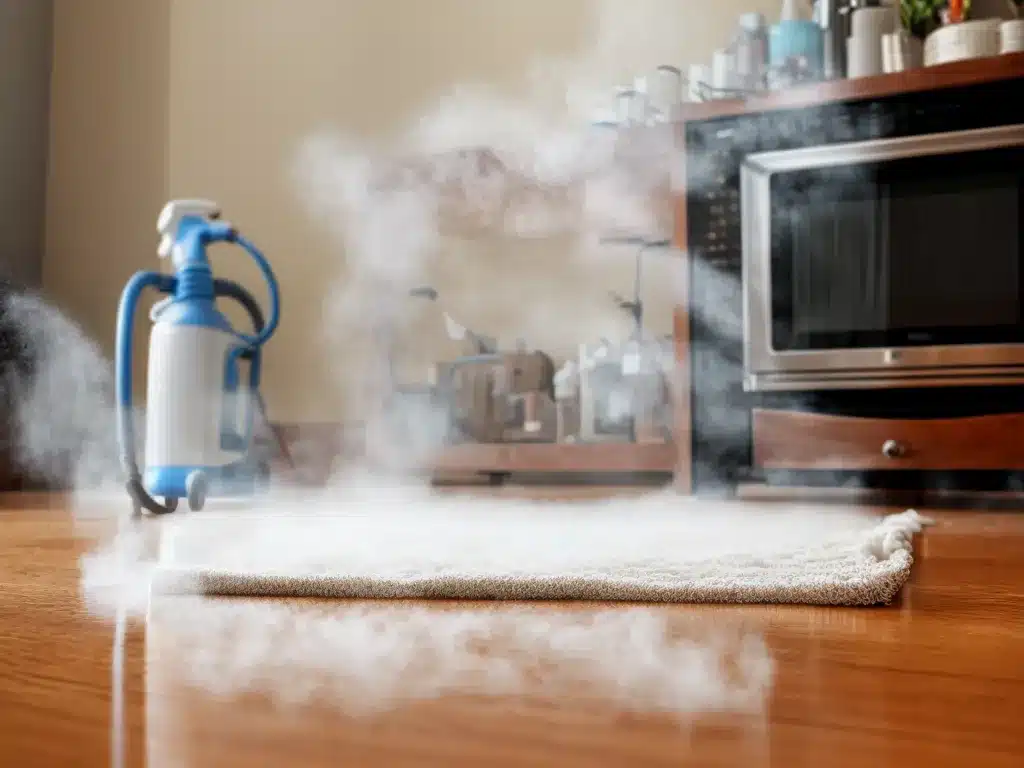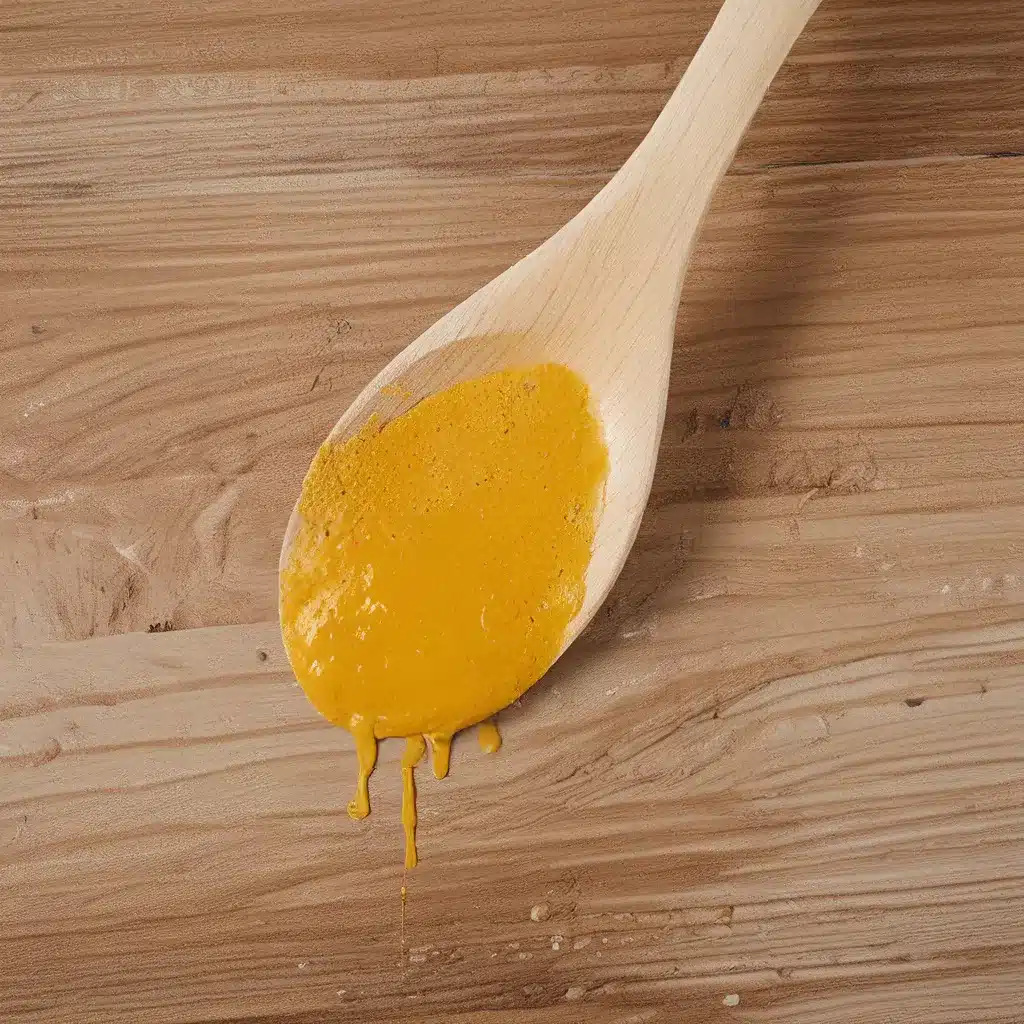
What are Dust Mites?
Dust mites are tiny microscopic organisms that feed on dead skin cells shed by humans and animals. They thrive in warm, humid environments and are commonly found in bedding, upholstered furniture, carpets, curtains, stuffed toys and other textiles.
Though too small to see with the naked eye, dust mites are a common cause of year-round allergies and asthma. Their feces and decaying bodies contain proteins that can trigger allergic reactions and asthma symptoms in susceptible people. Controlling dust mites is an important part of managing allergies and asthma.
Major Effects of Dust Mites
Dust mites don’t bite or spread disease. However, their feces and decaying bodies can cause adverse health effects, including:
-
Allergic reactions – Dust mites are a very common indoor allergen. Allergies caused by dust mites can include sneezing, runny nose, itchy skin, watery eyes and other symptoms.
-
Asthma attacks – Dust mite allergens are a leading trigger for asthma symptoms in sensitive individuals. Exposure can cause wheezing, chest tightness, coughing and difficulty breathing.
-
Eczema flares – The allergens from dust mites may worsen eczema (atopic dermatitis) in some people, causing red, flaky and very itchy skin.
Controlling dust mites is crucial for managing these conditions and reducing allergy and asthma symptoms.
Where Do Dust Mites Live?
Dust mites thrive in warm, humid environments with temperatures around 68–77° F (20–25° C) and humidity levels of 70–80%.
Some common dust mite hot spots:
-
Beds – Mattresses, pillows, sheets and bedcovers provide ideal conditions for dust mites to proliferate. They feed on dead skin cells shed in beds.
-
Upholstered furniture – Dust mites live deep inside couches, armchairs, cushions and other upholstered furniture.
-
Carpets and rugs – Carpeting provides a vast reservoir for dust mite populations to grow. The fibers trap dead skin cells and moisture.
-
Stuffed toys – Plush stuffed animals are welcoming homes for colonies of dust mites to take up residence.
-
Curtains and drapes – Dust mites accumulate in curtains, drapes and fabric window treatments.
Controlling dust mites in these locations is key to reducing allergen exposure.
8 Tips to Reduce Dust Mites in Your Home
Here are some effective ways to control dust mites in your home:
1. Encase Mattresses and Pillows
- Enclose mattresses and pillows in airtight covers.
- This creates a barrier that keeps out dust mites and their allergens.
- Covers should be wiped down regularly.
2. Wash Bedding Frequently
- Wash all bedding once a week in hot water (130°F/55°C or higher).
- High temperatures kill dust mites and remove allergens.
- Use fragrance-free detergent and skip fabric softener.
3. Remove Clutter and Limit Stuffed Toys
- Clutter provides more places for dust mites to accumulate.
- Stuffed toys should be limited and washed weekly to remove allergens.
- Store extras in the freezer for 24 hours to kill mites.
4. Use Wood, Leather or Vinyl Furniture
- Avoid upholstered furniture, which attracts dust mites.
- Choose wood, leather or vinyl furniture instead.
- If you do have upholstered furniture, vacuum weekly.
5. Replace Carpeting with Hard Floors
- Carpets trap dust mites, moisture and allergens deep in the fibers.
- Install hard flooring like wood, tile or laminate whenever possible.
- Vacuum carpets 2-3 times per week if removing them isn’t an option.
6. Wash Curtains Regularly
- Frequent washing removes dust mite allergens from curtains and drapes.
- Wash every 1-2 weeks in hot water or gently machine dry on high heat.
7. Use HEPA Vacuums and Filters
- HEPA vacuums capture 99.97% of particles and allergens as small as 0.3 microns.
- HEPA filters for your HVAC system also remove dust mite allergens from the air.
8. Control Home Humidity Levels
- Keep indoor humidity below 50% using dehumidifiers and air conditioning.
- Low humidity discourages dust mite growth and reproduction.
Combining multiple approaches is the most effective strategy for controlling dust mites. With some diligence, you can significantly reduce allergen exposure and manage allergic symptoms.
The Bottom Line
Dust mites are microscopic bugs that trigger allergies and asthma. Reducing dust mites involves controlling humidity, removing clutter, washing bedding, vacuuming often and making other changes to your home environment. With a comprehensive approach, you can minimize exposure to dust mite allergens and breathe easier.






